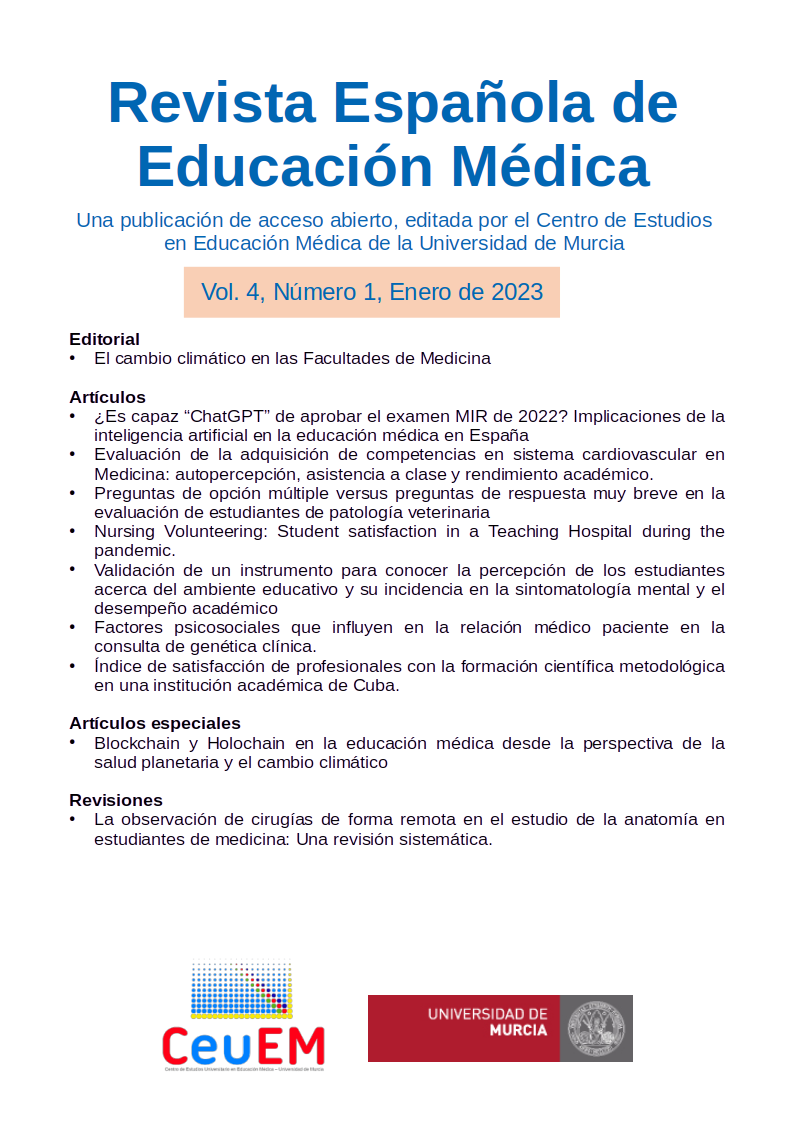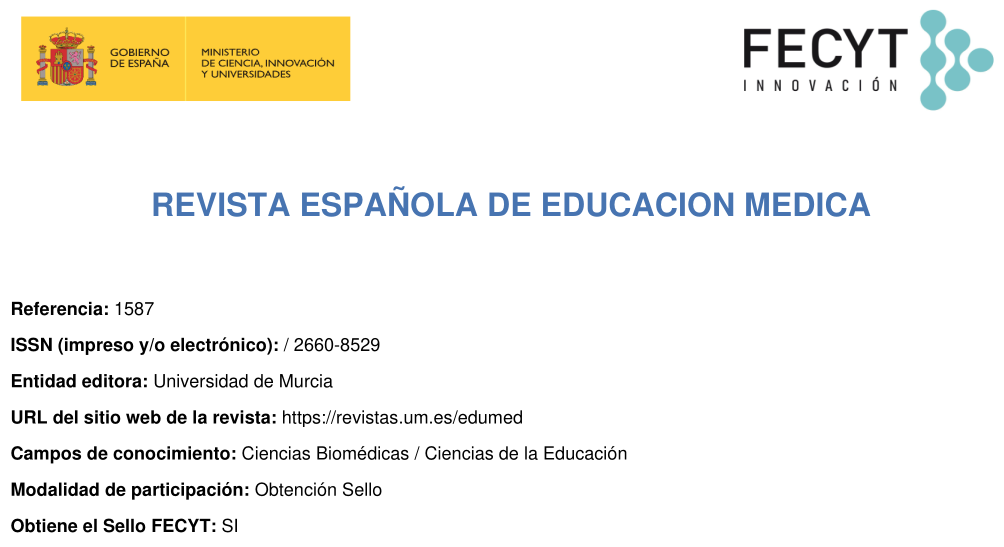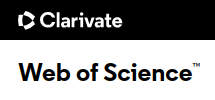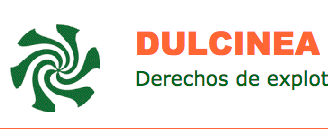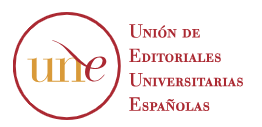Factores psicosociales que influyen en la relación médico paciente en la consulta de genética clínica.
Resumen
Introducción: la genética clínica ha sido reconocida como una práctica dedicada al diagnóstico y al manejo de los trastornos genéticos por parte del médico genetista. Sin embargo, los datos sobre la forma como funciona la consulta de genética clínica en Colombia, son inexistentes y, sin información acerca de los retos en la atención a la población con enfermedad genética. Materiales y métodos: este estudio se llevó a cabo combinando la observación y la entrevista semi-estructurada a dos médicos genetistas de una institución de salud en Cali, con catorce observaciones y dos entrevistas. Resultados: se identificaron factores, internos y externos a la consulta, que influyeron en su dinámica: las barreras en el sistema de salud, la tipología de la consulta y los factores personales del médico genetista. Conclusión: se concluye que la atención integral de las personas con condiciones genéticas debe trascender el abordaje biológico, en la deficiencia, a un abordaje que también considere aspectos psicológicos y sociales.
Descargas
Métricas
-
Resumen874
-
pdf725
-
pdf 725
Citas
McKusick VA. Mendelian Inheritance in Man. 12th ed. Baltimore: Johns Hopkins University Press; 1998.
Surós Batlló A, Surós Batlló J. Medical semiology and exploratory technique. 8th ed. Barcelona: Elsevier Doyma; 2001.
Montgomery K. How doctors think: clinical judgment and the practice of medicine. New York: Oxford University Press; 2006.
Lorenzano C. The Medical Diagnosis. Subjectivity and Cognitive Processes. 2006; 8:49-172. Available at: https://www.redalyc.org/articulo.oa?id=339630247008
García-Miñaúr, S. Clinical genetics consultation and prenatal genetic diagnosis. Comprehensive Pediatrics. 2014; 8(8):507-514.
Genetic Alliance. The New York-Mid-Atlantic Consortium for Genetic and Newborn Screening Services. Washington (D.C.); 2009.
Emanuel EJ, Emanuel LL. Four models of the doctor-patient relationship. Bioethics for clinicians. Madrid: Triacastela; 1999.
Makoul, G. Essential elements of communication in medical encounters: the Kalamazoo consensus statement. Academic Medicine. 2001; 76(4): 390-393.
Street Jr, RL, Epstein RM. Key interpersonal functions and health outcomes: Lessons from theory and research on clinician-patient communication. In K. Glanz, BK Viswanath (Eds). Health Behavior and Health Education: Theory, research and practice. 4th ed. San Francisco: Jossey-Bass; 2008.
Statham H, Solomou W, Chitty, L. Prenatal diagnosis of fetal abnormality: Psychological effects on women in low-risk pregnancies. Baillière's Clinical Obstetrics and Gynaecology. 2000; 14(4): 731–747.
Quadrelli A, Cardoso MHCA, Castiel LD. On the indicative nature of the clinical method: an anthropological look from a published case report. Collective health. 2014; 10(2):157-169. Available at: http://www.scielo.org.ar/scielo.php?script=sci_arttext&pid=S1851-82652014000200002
Ayres, JRCM. To understand the practical sense of health actions: contributions of philosophical hermeneutics. Collective Health 2008; 4, 159-172.
De León, N. Dimension of medical action and doctor-patient relationship in the pediatric clinical context of genetics. Bioethics. 2008; Sept-Dec: 17-22.
Habermas J. Theory of Communicative Action. I/II edition. Madrid: Taurus; 1988.
Margarit, S. What is genetic counseling and how to do it in oncology? Clinical Medical Journal of Los Condes. 2017; 28(4):524-530. Available at: https://www.sciencedirect.com/science/article/pii/S0716864017300949#:~:text=El%20asesoramiento%20gen%C3%A9tico%20es%20el,contribuciones%20gen%C3%A9ticas%20a% 20the%20disease .
Carbajal Rodríguez L, Navarrete J. Rare diseases. Pediatric Act of Mexico. 2015; 36(5): 369-373. [date of Consultation September 19, 2022]. Available at: https://www.redalyc.org/articulo.oa?id=423642754001
Aranda Sánchez CI, Cedillo Zaragoza, R., del Campo Acosta MG, Ornelas Segovia RO, & Góngora Ortega J. Factors that influence and hinder the communication of bad news in health personnel. University Act. 2014; 24(5): 20-26. [date of Consultation November 29, 2022]. Available at: https://www.redalyc.org/articulo.oa?id=41632450003
Ferreira, MA. Social practices, identity, stratification: three vertices of a social fact, disability. Interstices. 2016; 1(2): 1-14. Available at: https://dialnet.unirioja.es/servlet/articulo?codigo=2884437
Azeredo YN, Schraiber LB. Medical power and the crisis of the bonds of trust in contemporary medicine. Collective health 2016; 12(1): 9-21. https://doi.org/10.18294/sc.2016.864
Perez-Rancel, Maria. Psychosocial Aspects of the Scientific Activity in the Faculty of Medicine. Magazine of the Faculty of Medicine. 2000; 23(1): 28-33. Retrieved on September 15, 2022, from http://ve.scielo.org/scielo.php?script=sci_arttext&pid=S0798-04692000000100006&lng=es&tlng=es .
Lemp S, Calvo E. Acceptance or rejection of clinical standardization?: Chilean doctors talk about clinical guidelines and benefit baskets. Collective health 2012; 8(1): 61-68. Available at: http://www.scielo.org.ar/scielo.php?script=sci_abstract&pid=S1851-82652012000100006&lng=pt&nrm=iso
Ruiz Moral R. A conceptual proposal to guide the development of a curriculum in doctor-patient communication skills. Medical Education. 2015; 16(1):74–82. Available at: https://www.elsevier.es/es-revista-educacion-medica-71-articulo-una-propuesta-conceptual-orientar-el-S157518131500011X
Lopera-Vásquez, JP. Health-related quality of life: exclusion of subjectivity. Collective Health 2020; 25(2): 693-702. Available at: https://www.scielo.br/j/csc/a/pHhcCB54Xvz7jSZnMg3wbXH/?format=pdf&lang=es
Derechos de autor 2022 Servicio de Publicaciones de la Universidad de Murcia

Esta obra está bajo una licencia internacional Creative Commons Atribución-NoComercial-SinDerivadas 4.0.
Las obras que se publican en esta revista están sujetas a los siguientes términos:
1. El Servicio de Publicaciones de la Universidad de Murcia (la editorial) conserva los derechos patrimoniales (copyright) de las obras publicadas y favorece y permite la reutilización de las mismas bajo la licencia de uso indicada en el punto 2.
© Servicio de Publicaciones, Universidad de Murcia
2. Las obras se publican bajo una licencia Creative Commons Reconocimiento-NoComercial-SinObraDerivada 4.0.
![]()
3. Condiciones de auto-archivo. Se permite y se anima a los autores a difundir electrónicamente las versiones preprint (versión antes de ser evaluada y enviada a la revista) y/o post-print (versión evaluada y aceptada para su publicación) de sus obras antes de su publicación, ya que favorece su circulación y difusión más temprana y con ello un posible aumento en su citación y alcance entre la comunidad académica.

